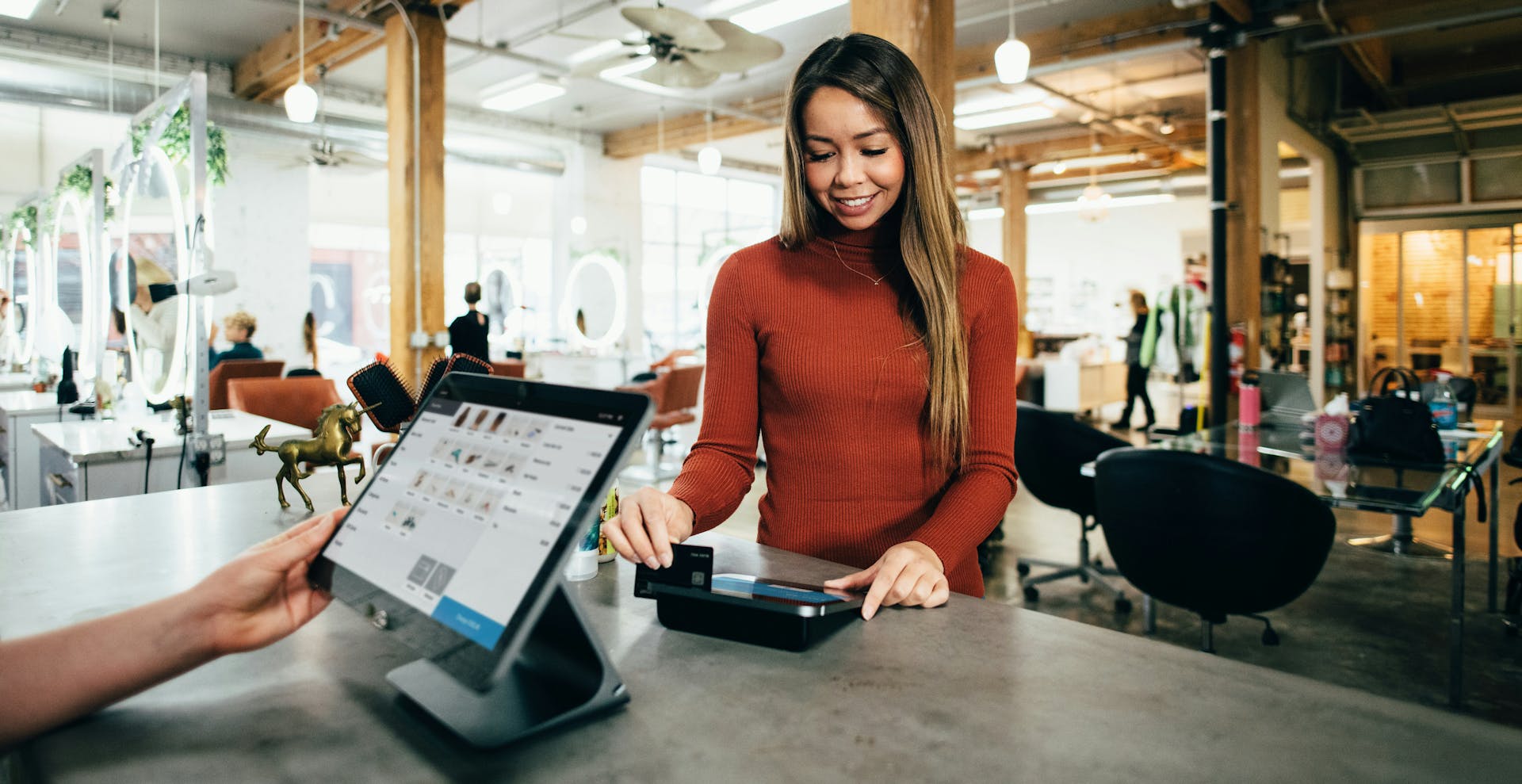
The restaurant industry is changing faster than ever, with increasing demand for seamless customer experiences and more efficient operations. At the center of this shifting landscape? The heart and soul of your restaurant — your restaurant POS system. From integrating mobile payments and contactless options to leveraging automation and machine learning, running on a great POS system is critical to the success of modern restaurants like yours.
Built to help your business enhance on- & off-premise dining experiences and drive customer loyalty, the POS of the future is packed with features like all-in-one order management, flexible payment options and 24/7 reliability. We dug into the latest trends and developments shaping the restaurant POS industry. Get ready to upgrade your tech and upscale your profits!
1. Cloud-based restaurant POS systems

Offering real-time data accessibility and remote management capabilities, cloud-based POS systems streamline tasks and ensure ease of communication between front- and back-of-house teams. In the restaurant world, you know that things happen — and change — on the fly. That’s why your POS system needs to be easily accessible at all times.
Using a cloud-based POS system means you and your staff can access POS information and your restaurant’s data from any device, whether it’s a tablet or terminal, whenever the need arises. Unexpected surge in customers? You can quickly pull a report on inventory. Sudden ingredient shortage? Flash your menu updates. Plus, another underrated benefit of a cloud-based POS system is the ease of updating software remotely, so your system is always up to date!
2. Mobile payments and contactless options
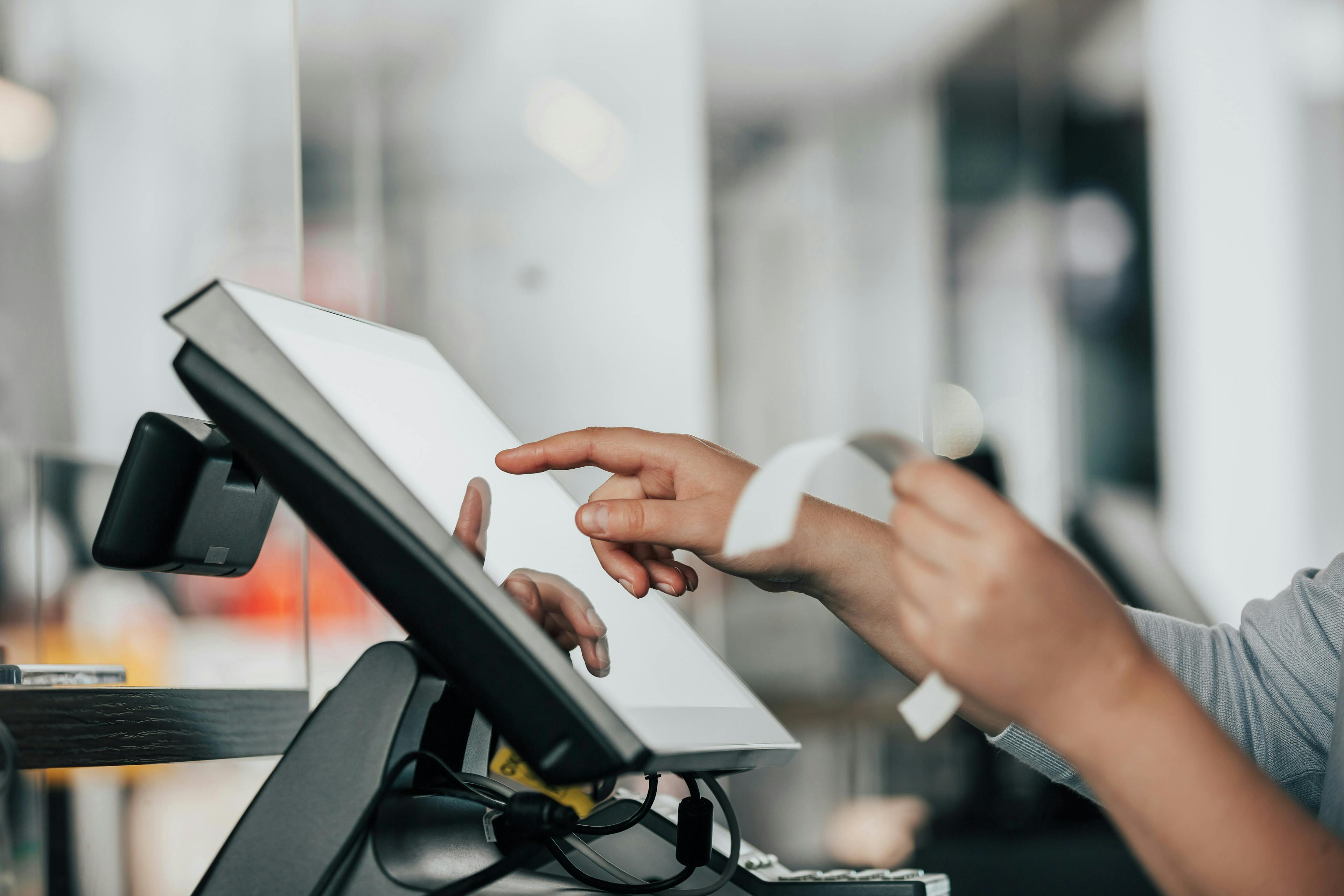
Cash is no longer king — in 2022, cash payments only accounted for 12% of transactions in the United States. Even post-pandemic, 74% of customers say they will continue using contactless methods as their preferred mode of payment.
Allowing customers to scan, tap, or wave to pay isn’t just an option, but a necessity for restaurants today. Integrating alternative payment methods into your POS system can ensure you are catering to your customer’s preferences, decreasing wait times, and even reinforcing transaction security! A truly modern POS system is designed to sync with seamless payment platforms like Stripe, boosting sales and speeding up customer turnover.
3. POS integrations powering front- and back-of-house
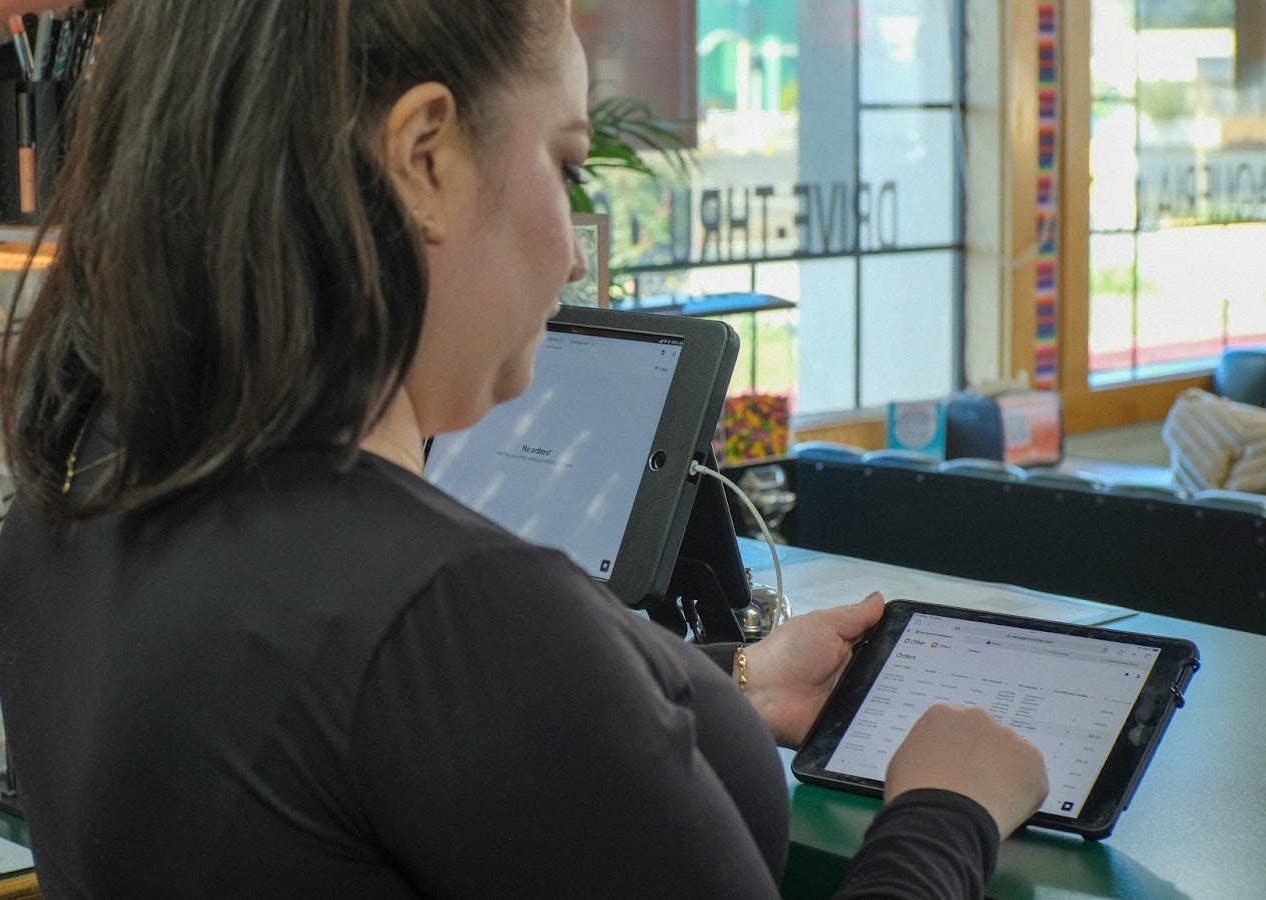
Modern POS solutions are revolutionizing the way restaurants handle kitchen operations and customer experiences. By integrating other software with your POS, you essentially create a comprehensive restaurant management system that oversees all aspects of your business from a single location.
Features like Otter’s Auto-Accept even ensures that as orders come in via front-of-house staff or online ordering platforms, your kitchen receives them instantly. Taking manual order input out of the equation means there’s less room for order errors, and more time to manage cooking and prep effectively. The seamless coordination between front- and back-of-house helps prevent miscommunication, leading to improved order accuracy and faster service.
4. Omnichannel system for a unified restaurant experience

In-house strategies aren’t the only thing that power the POS of the future. In today's competitive restaurant landscape, an omnichannel approach has become key to winning customers across physical and digital touchpoints. Think of it this way: your next customer may be researching restaurants online, making reservations through a website, and then showing up to dine in-person. Next-generation POS systems support this experience by enabling businesses to manage omnichannel orders, menus, inventory, and customer data from a single platform.
By streamlining operations through a multi-channel POS system, restaurants can consistently deliver an enjoyable dining experience, whether the customer chooses to dine in, order online, or have their food delivered. That’s exactly the kind of operational efficiency and positive customer experience that fosters brand loyalty and drives repeat business.
5. Upgraded POS hardware
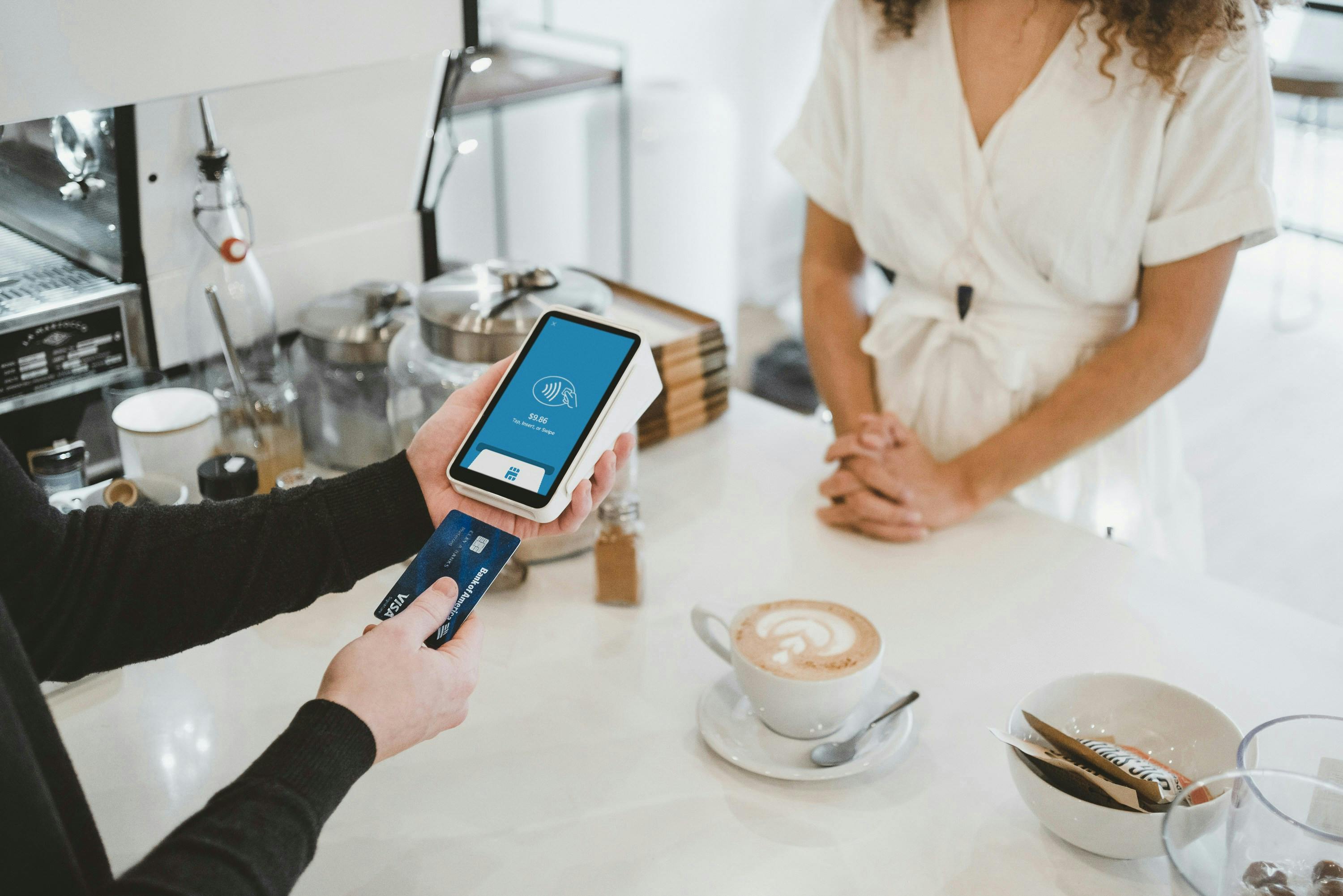
POS industry trends are also welcoming developments in the device department! In fact, 44% of businesses rated POS hardware upgrades in their top 2 priorities. Restaurant owners are moving away from traditional hardware and toward dynamic and advanced registers. Think business-friendly hardware like tablets, multi-screen terminals, mobile terminals, barcode scanners, receipt printers, and cash drawers.
One of the most essential features? Connectivity. Today’s POS systems gravitate toward Bluetooth technology, allowing businesses to connect mobile card readers and other peripheral hardware without forgoing Wi-Fi bandwidth and increasing expenses. Still, there are challenges when it comes to the ease of setup and a dependable connection. That’s why newer tools in the industry will also include multi-connection and offline capabilities to ensure 24/7 reliability!
6. QR code ordering and self-service kiosks
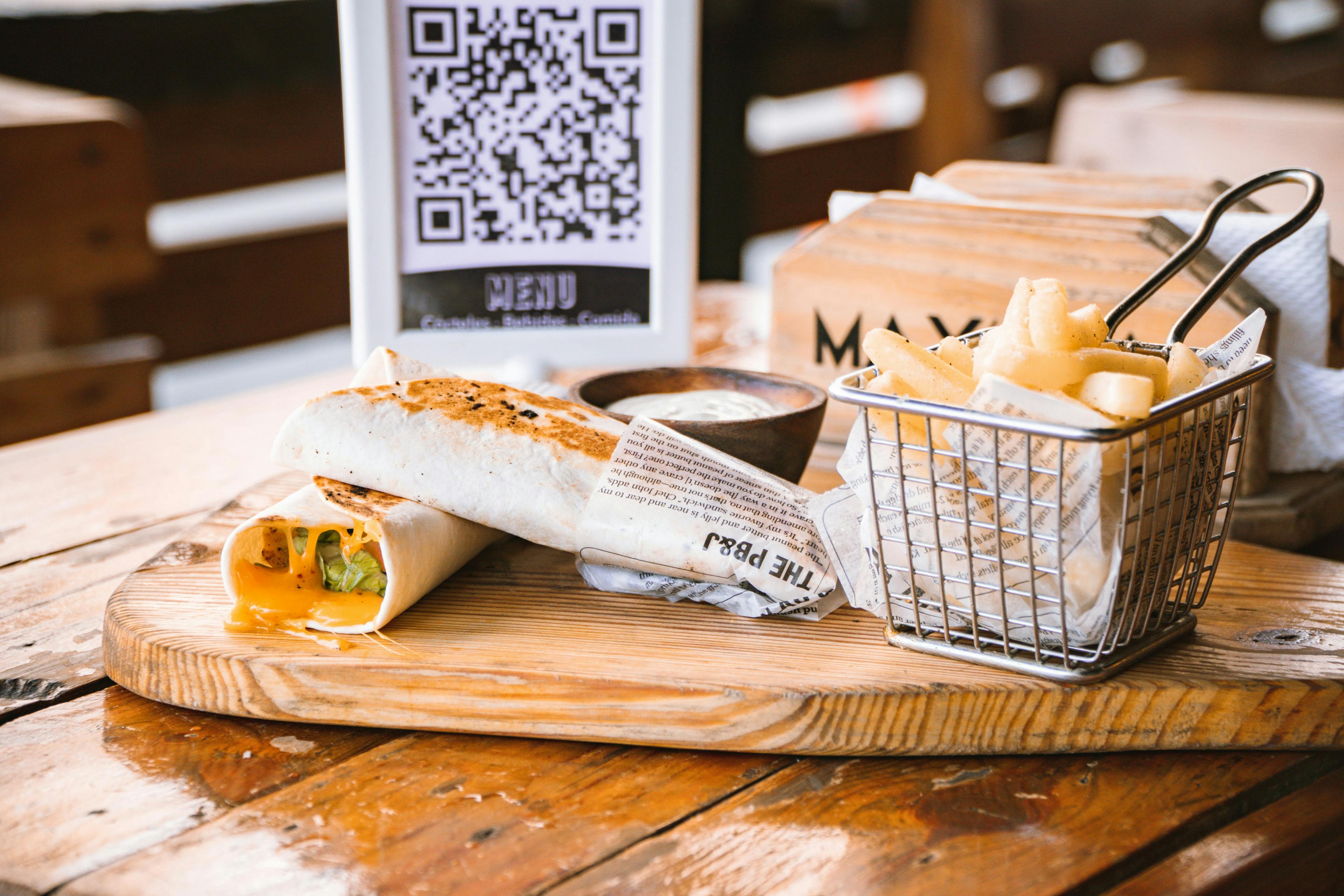
It’s no secret that the recent labor shortage has been a major pain point for restaurant owners. POS technology has to quickly innovate to make up for the lack of hands. Naturally, the influx of solutions is mainly tackling a labor-intensive part of a restaurant employee’s day — taking orders. By now, QR code ordering is a familiar addition to a restaurant’s tech stack, increasing table turnover and decreasing wait times. A complete POS system in 2024 and beyond will ensure scan-to-order is part of your restaurant’s repertoire.
As for chain or quick-service restaurants, there may be a need for larger-scale self-service ordering. Enter self-service kiosks! This conspicuous order & pay hardware isn’t just for grocery stores anymore. With a projected industry value of $7.53 billion by 2027, it looks like restaurants are ready to put checkout in the hands of their customers.
7. POS data analytics and reporting

Modern restaurant owners are acutely aware of the importance of data, but are too busy to gather insights from it. In the heat of running your restaurant from open to close, who has the time to dive into spreadsheets? That’s where we see the rise of POS analytics dashboards that pull everything you need to know into frill-free reports. From customer data to ordering history, inventory to menu item preferences, the wealth of information available on your POS is an incredibly valuable resource.
A consolidated view of your customers’ data empowers your restaurant to make informed decisions that maximize profit and simplify operations. Many POS systems now also have add-ons or integrations that offer additional insights. For instance, the best payment processing services include reports on payment methods and trends on declined transactions, returns, and more.
8. Machine Learning and AI in POS

Is AI coming for restaurant jobs, starting with the POS? Probably not. But as the adoption of automation and machine learning grows, restaurant POS systems are certainly benefitting from this development. Think of how machine learning can help your restaurant quickly analyze data, personalize customer interactions, and optimize operations.
If POS systems are the main ingredient, AI is the trendy seasoning. From order volume prediction to menu item recommendations and restaurant marketing automation, AI-powered POS systems can help restaurants grow faster with custom strategies and save time with automated processes.
The future of restaurant POS systems is here

If your restaurant has outgrown the offerings of a standard POS system designed in the last two decades, it’s time to upgrade! Embracing a next-generation system like Otter POS is a step towards future-proofing your restaurant. Get the power of an all-in-one connected system with 24/7 reliability and a single platform to manage orders, menus, and analytics when you use a modern POS suite.
Ready to cash in on the benefits of a truly modern POS system? Book a demo with Otter today!

Book a demo to see how Otter’s all-in-one platform can help your restaurant thrive.